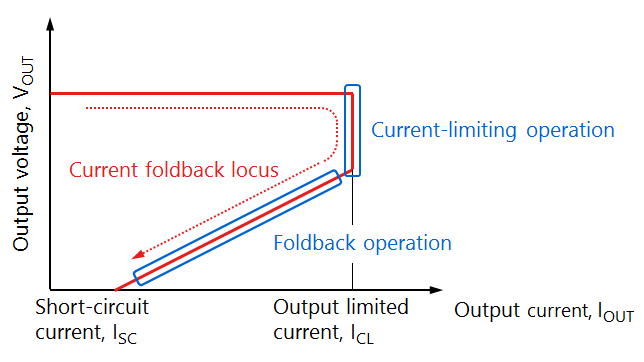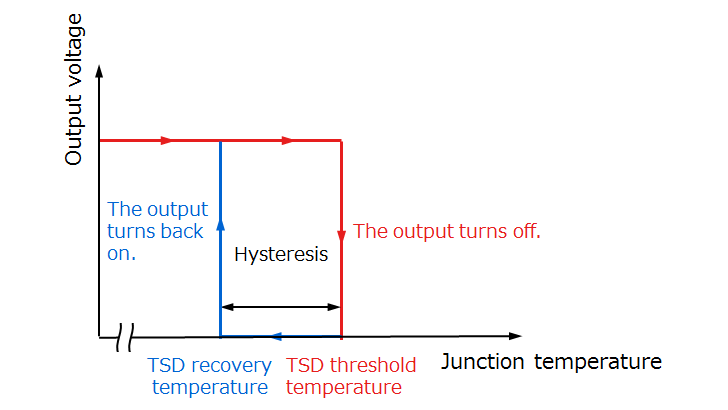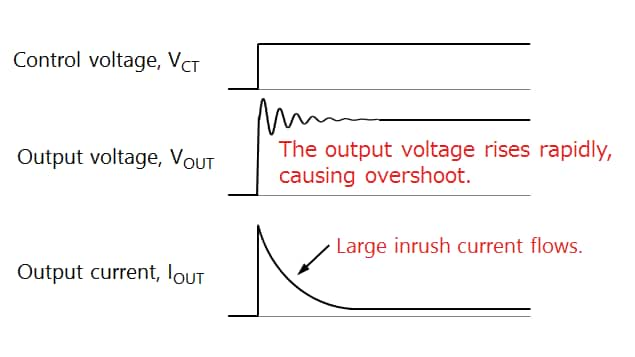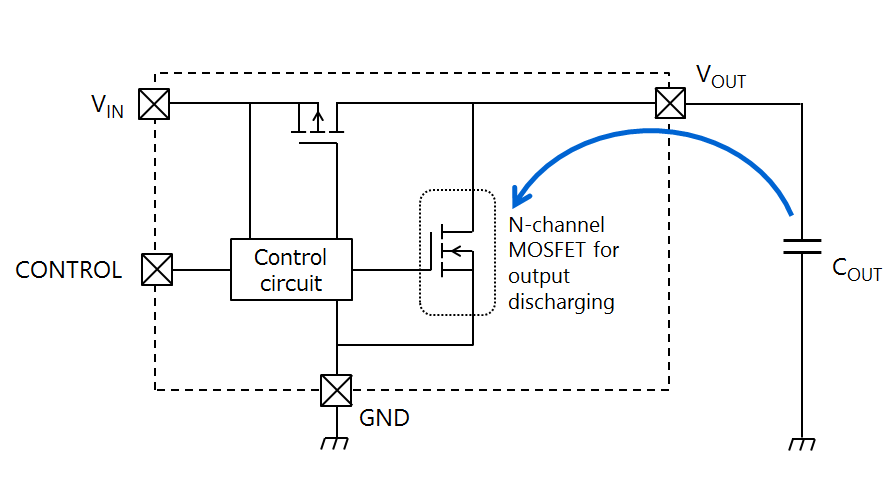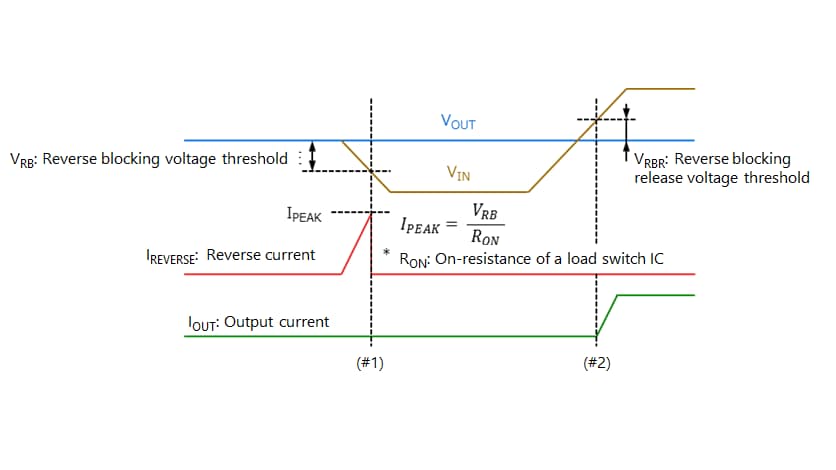- General Top
- SEMICONDUCTOR
- STORAGE
- COMPANY
-
My ToshibaSemicon
- Semiconductor Top
-
ApplicationsAutomotive
Body Electronics
xEV
In-Vehicle Infotainment
Advanced Driver-Assistance Systems (ADAS)
Chassis
IndustrialInfrastructure
BEMS/HEMS
Factory Automation
Commercial Equipment
Consumer/PersonalIoT Equipment
Healthcare
Wearable Device
Mobile
Computer Peripherals
-
ProductsAutomotive Devices
Discrete Semiconductor
Diodes
Transistors
Logic ICs
Analog Devices
Digital Devices
Wireless Devices
※
: Products list (parametric search)
Power SemiconductorsSiC Power Devices
※
: Products list (parametric search)
Isolators/Solid State RelaysPhotocouplers
Digital Isolators
Solid State Relays
Fiber Optic Transmitting Modules
※
: Products list (parametric search)
MOSFETsIGBTs/IEGTsBipolar Transistors※
: Products list (parametric search)
Diodes※
: Products list (parametric search)
MicrocontrollersMotor Driver ICsIntelligent Power ICs※
: Products list (parametric search)
Power Management ICsLinear ICs※
: Products list (parametric search)
General Purpose Logic ICsLinear Image SensorsOther Product ICsOther Product ICs
※
: Products list (parametric search)
-
Design & Development
Design & Development
Innovation Centre
At the Toshiba Innovation Centre we constantly strive to inspire you with our technologies and solutions. Discover how to place us at the heart of your innovations.
-
Knowledge
Knowledge
Highlighted Topics
Further Materials
Other
- Where To Buy
- Part Number & Keyword Search
- Cross Reference Search
- Parametric Search
- Stock Check & Purchase
This webpage doesn't work with Internet Explorer. Please use the latest version of Google Chrome, Microsoft Edge, Mozilla Firefox or Safari.
require 3 characters or more. Search for multiple part numbers fromhere.
The information presented in this cross reference is based on TOSHIBA's selection criteria and should be treated as a suggestion only. Please carefully review the latest versions of all relevant information on the TOSHIBA products, including without limitation data sheets and validate all operating parameters of the TOSHIBA products to ensure that the suggested TOSHIBA products are truly compatible with your design and application.Please note that this cross reference is based on TOSHIBA's estimate of compatibility with other manufacturers' products, based on other manufacturers' published data, at the time the data was collected.TOSHIBA is not responsible for any incorrect or incomplete information. Information is subject to change at any time without notice.
require 3 characters or more.
2-1. Useful functions available with load switch ICs
Load switch ICs incorporate various functions that help ensure stable system operation.
Various functions
Integrated function |
Description |
|---|---|
Overcurrent protection |
This function limits the output current to protect a system in the event of excessive current flowing to a load switch IC, for example, when the load connected to the VOUT pin is short-circuited to GND. |
Thermal shutdown |
This function turns off a load switch IC when the heat it generates exceeds the heat dissipation capacity or when an increase in ambient temperature causes an excessive rise in junction temperature. |
Inrush current limiting (slew rate control, soft start) |
This function slowly raises the output voltage of a load switch IC at turn-on to ensure system stability. Inrush current limiting is also known as slew rate control or soft start. |
Auto discharge |
When a load switch IC turns off, this function quickly discharges the smoothing capacitor connected to the VOUT pin to facilitate power supply sequencing. |
Undervoltage lockout (UVLO) |
When the input voltage of a load switch IC drops below a threshold, for example, because of noise or a decrease in battery voltage, this function turns off its output to prevent a system from becoming unstable. |
Reverse-current blocking |
This function prevents the load current from flowing in the reverse direction from the VOUT pin to the VIN pin when the VOUT voltage becomes higher than the VIN voltage. There are two types of reverse-current blocking: reverse-current blocking that blocks reverse current only when the internal MOS pass transistor is off and true reverse-current blocking that blocks reverse current regardless of whether it is on or off. |
Each function is described in subsequent pages.
The following links also provide descriptions of the above functions:
Application note: Basics of Load Switch ICs
Application note: Overcurrent Protection and Reverse Current Blocking of the Load Switch IC
FAQ: How does a load switch IC operate if overcurrent protection is tripped?
FAQ: Does the undervoltage lockout function of the load switch IC provide a hysteresis?
FAQ: What is an output discharge function of the load switch IC?
- 1/7
- Next
Chapter2 Convenient functions load switch ICs
Related information
- Products
Load Switch ICs - Applidcation Notes
Application Notes - FAQs
Load Switch ICs - Parametric Search
Parametric search - Stock Check & Purchase
Stock Check & Purchase


